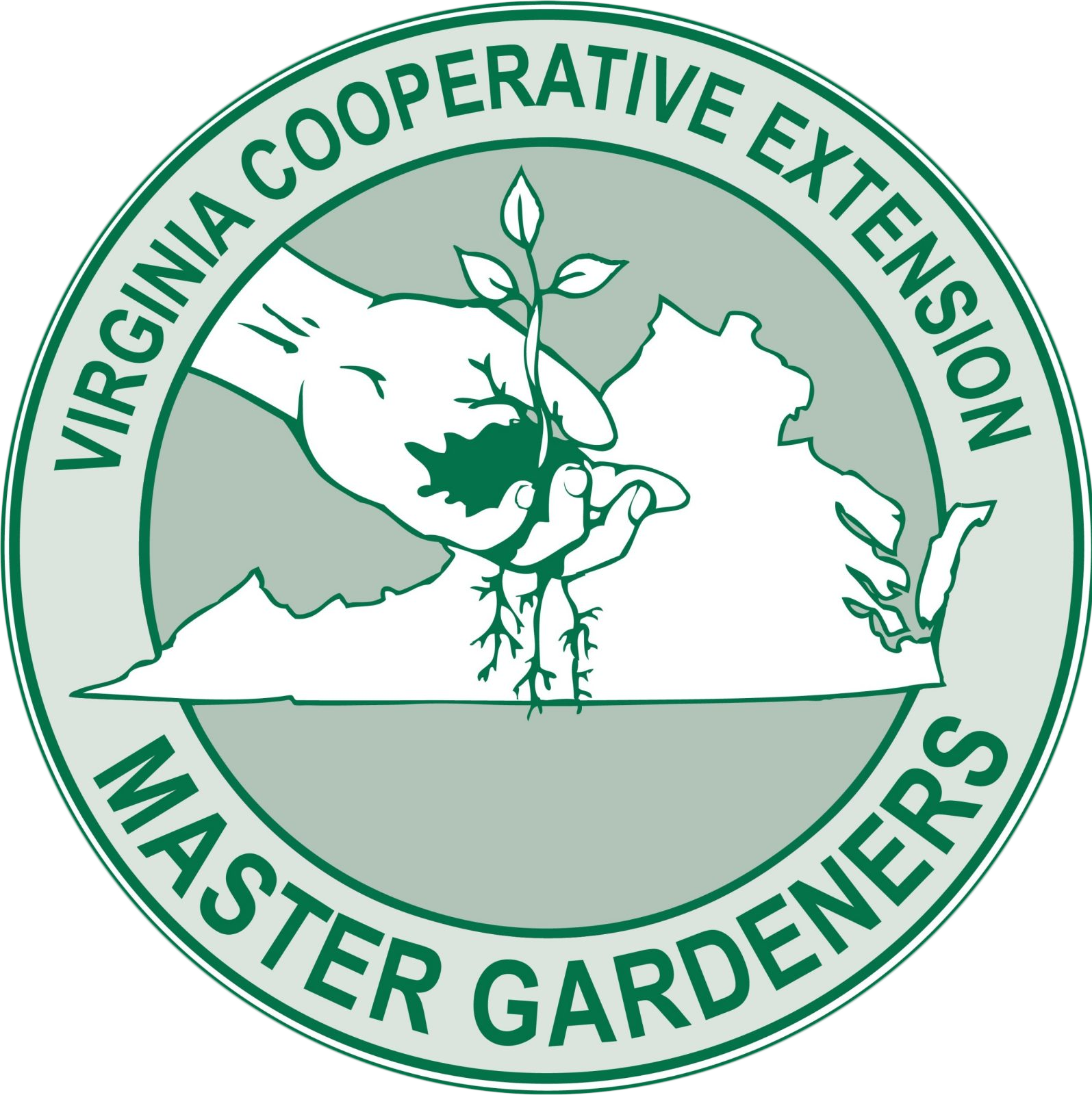Master Gardener – Search

Searching: Converting Lawn to natives
If you don't see the answer you're looking for, try submitting your question.
Converting Lawn to natives
-
Date Posted: Sat, Apr 26 - 9:39 pm
- I saw in some other responses that the Master Gardener applications started last September and have since closed. Could I be added to the list to receive information when it becomes available again?! I was also curious if y'all had any suggestions for building a grass yard with native grasses and fewer 'weeds.' Would poverty grass be an option? I rent currently, but I don't want that to stop us from building a home that supports native biodiversity!! Thank you so much! :)
- Thanks so much for reaching out—and big kudos to you for wanting to support native biodiversity, even as a renter. Creating a lawn or greenspace with native grasses is a fantastic way to help pollinators, improve soil health, and reduce maintenance and chemical inputs. You're right to consider poverty oatgrass (Danthonia spicata)—it’s a great native grass for our region! It’s clump-forming, drought-tolerant, and performs well in poor soils, which makes it an excellent choice for naturalized lawn areas. However, it doesn’t behave quite like traditional turf—it grows in tufts, so you may want to pair it with other species for fuller coverage. While none of these will act quite like turf grass, here are a couple of others you could consider: Virginia Wildrye (Elymus virginicus) – Grows well in part shade and moist soils. Tolerates mowing, though it’s bunch-forming. Little Bluestem (Schizachyrium scoparium) – Gorgeous color and structure, though not turf-like. Best for meadows and border plantings. I love mixing this one into flower beds for beautiful color pops! Purpletop (Tridens flavus) – Soft and airy with a lovely purple seed head; adds diversity and texture. River Oats (Chasmanthium latifolium) – A beautiful grass for partly shaded areas, but it can spread aggressively. Personally, I love growing this grass in pots and listening to the oats rustle in the wind! (That being said, another great way to add more natives, especially as a renter is to grow them in pots!) This one will be much stalkier than normal turf grass. For a lawn substitute, you could also consider Carex species (native sedges), which resemble turf when mowed and tolerate partial shade: carex crinita and carex vulpinoidea are a couple that typically do well in our area. Hope this helps get you on the path you are looking to be on! And I'll send you an email to follow up about being on the list for information about our next class!